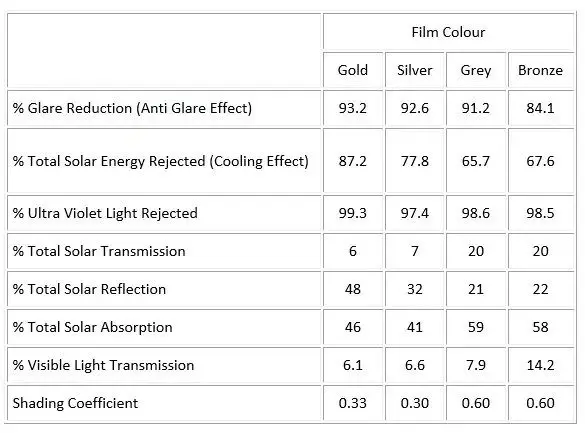INFORMATION
Technical Information
Many different screen shapes are available
How to measure windows correctly
Guides that explain how to fit and install
(Downloads a PDF)
MORE INFORMATION
SOLASOLV®

Without SOLASOLV® Film Protection the diagram above shows how an enclosed area is heated by the short wave energy from the sun passing through glass windows. This short wave energy is absorbed by the room surfaces and is re-radiated from them as long wave radiation, generating heat in the process.
Because plain glass does not allow this long wave radiation to pass back through it to the atmosphere, the heat is trapped within the enclosed area.

WITH SOLASOLV® Film Protection the diagram above shows how the rejection of solar energy takes place with very little conversion to heat. The transmitted energy is only converted to heat when it strikes an absorbing surface.
The absorbed heat which is contained in the glass, surroundings and polymer is partly re-radiated to the outside air and partly re-radiated into the inside atmosphere.
The dyed layers of polyester film which make up the finished film type, control the amount of visible light which the film transmits. This feature produces the ‘Anti-Glare’ effectiveness of the films and the colour shading observed when looking through them.
The shading coefficient and % total solar energy rejected of shade products will vary depending on conditions at the fitted location. All tests were for a free hanging system with solar film 15mm from 6mm thick glass.
The POLYESTER used in shade films is a biaxially oriented polyethylene terephthalate film.
Heat set during processing, it has a melting point of approx. 260°C (500°F) and does not shrink below 150°C.

Definitions for Solar Engineering Parameters
Total Solar Energy Rejected (Cooling Effect) – The amount of all the sun’s energy that is rejected by a glazing system.
Total Solar Reflection – The amount of all the sun’s energy that is directly reflected by a glazing system.
Total Solar Absorption – The amount of all the sun’s energy that is immediately absorbed by a glazing system.
Visible Light Transmission – The amount of the visible light that goes directly through a glazing system.
Shading Coefficient – A measure of the amount of sun’s energy that is allowed through a glazing system. The lower it is, the less total energy goes through and the better the shading.
